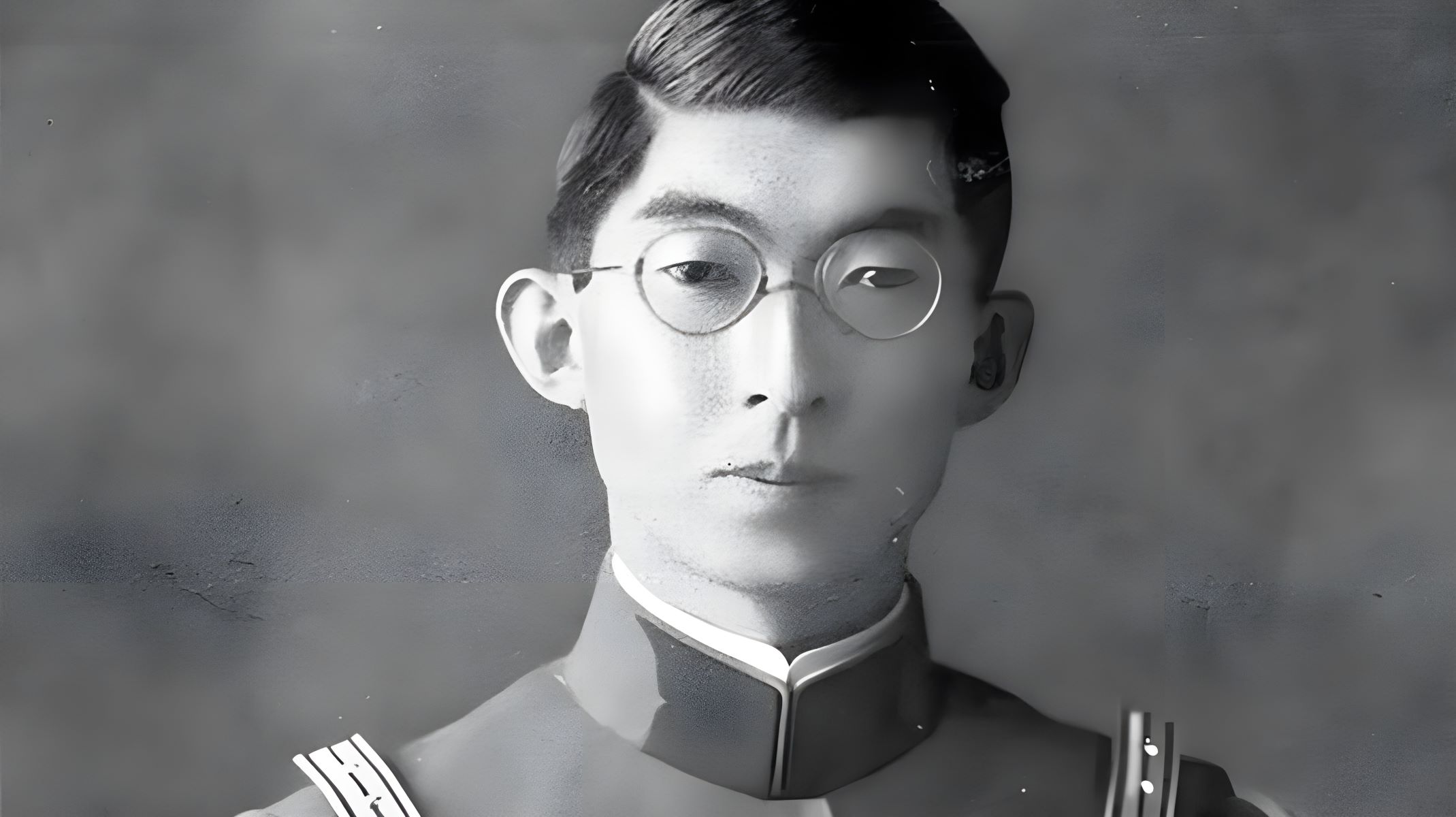
Streamliner trains revolutionized rail travel with their sleek designs and impressive speeds. These trains, first introduced in the 1930s, became symbols of modernity and efficiency. But what makes them so special? Streamliners were not just about looks; they were engineered for better aerodynamics, which meant faster travel times and greater fuel efficiency. Imagine zipping across the country in style, with luxurious interiors and cutting-edge technology for the time. From the famous Zephyr to the iconic Super Chief, these trains captured the public's imagination and set new standards for rail travel. Ready to learn more? Here are 35 fascinating facts about streamliner trains that will take you on a journey through history, innovation, and sheer elegance.
Key Takeaways:
- Streamliner trains were revolutionary in the 20th century, with their sleek design and powerful engines, setting speed records and influencing culture and society.
- While the golden age of streamliners has passed, their legacy lives on through modern successors like high-speed trains and preserved models in museums.
What Are Streamliner Trains?
Streamliner trains are sleek, fast, and designed for efficiency. They revolutionized rail travel with their aerodynamic shapes and powerful engines. Let's dive into some fascinating facts about these iconic trains.
History of Streamliner Trains
Streamliner trains have a rich history that dates back to the early 20th century. Here are some key moments and milestones.
- The first streamliner train, the Burlington Zephyr, debuted in 1934.
- Union Pacific's M-10000 was another early streamliner, introduced in 1934.
- The 1930s saw a surge in streamliner designs, driven by the need for faster, more efficient trains.
- World War II temporarily halted the development of streamliners due to material shortages.
- Post-war, streamliners became symbols of modernity and progress in the 1950s.
Design and Engineering
Streamliner trains are known for their unique design and engineering marvels. Here are some interesting facts about their construction and features.
- Streamliners feature aerodynamic shapes to reduce air resistance.
- Many streamliners were made from stainless steel, making them both lightweight and durable.
- Diesel engines powered most streamliners, offering greater efficiency than steam engines.
- The Budd Company was a major manufacturer of streamliner cars.
- Streamliners often had articulated cars, meaning the cars shared a common set of wheels, reducing weight and improving stability.
Famous Streamliner Trains
Several streamliner trains have become legends in their own right. Here are some of the most famous ones.
- The California Zephyr ran from Chicago to San Francisco, offering breathtaking views.
- The Super Chief was known as the "Train of the Stars" due to its celebrity passengers.
- The Hiawatha was famous for its speed and luxury.
- The 20th Century Limited was a premier New York to Chicago service.
- The Silver Meteor connected New York City to Miami, providing a luxurious travel experience.
Speed and Performance
Streamliner trains were built for speed and efficiency. Here are some facts about their performance.
- The Burlington Zephyr set a speed record by traveling from Denver to Chicago in just over 13 hours.
- Streamliners could reach speeds of up to 110 mph.
- Diesel engines allowed for longer distances without refueling.
- Streamliners often had reduced travel times compared to traditional trains.
- Improved braking systems made streamliners safer at high speeds.
Cultural Impact
Streamliner trains left a lasting impact on culture and society. Here are some ways they influenced the world.
- Streamliners were featured in movies and advertisements, symbolizing progress and modernity.
- They inspired toy trains and models, becoming popular among hobbyists.
- Streamliners played a role in the development of suburbs, making long-distance commuting feasible.
- They were often depicted in art and literature, capturing the imagination of the public.
- Streamliners contributed to the decline of passenger air travel in their heyday.
Modern-Day Streamliners
While the golden age of streamliners has passed, their legacy lives on. Here are some modern-day equivalents and their features.
- High-speed trains like Japan's Shinkansen and France's TGV are the modern successors of streamliners.
- Amtrak's Acela Express is a nod to the streamliner era, offering high-speed service in the Northeast Corridor.
- Maglev trains represent the next evolution, using magnetic levitation for even faster travel.
- Streamlined designs continue to influence modern train aesthetics.
- Preserved streamliners can be found in museums and on heritage railways, keeping the history alive.
Fun Facts About Streamliner Trains
Streamliner trains have many quirky and lesser-known facts. Here are some fun tidbits to round out our list.
- The Burlington Zephyr was named after the Greek god of the west wind, Zephyrus.
- Some streamliners had dome cars, offering panoramic views of the landscape.
- Observation cars at the end of the train provided a luxurious space to relax and enjoy the scenery.
- Streamliners often featured art deco interiors, reflecting the design trends of the time.
- The Burlington Zephyr is preserved at the Museum of Science and Industry in Chicago, where visitors can explore its history.
The Legacy of Streamliner Trains
Streamliner trains changed the way people traveled. Their sleek designs and high speeds made them icons of the 20th century. These trains weren't just about getting from point A to point B; they represented innovation and progress. From the famous Zephyr to the luxurious Super Chief, streamliners captured the public's imagination. They offered comfort and style, making train travel an experience to remember.
Today, while many streamliners are retired, their legacy lives on. Museums and rail enthusiasts keep the spirit alive, preserving these marvels of engineering. Modern trains owe much to the advancements made by streamliners. They set the stage for the high-speed rail systems we see today.
Streamliner trains remind us of a time when travel was an adventure. Their impact on transportation history is undeniable, and their story continues to inspire.
Frequently Asked Questions
Was this page helpful?
Our commitment to delivering trustworthy and engaging content is at the heart of what we do. Each fact on our site is contributed by real users like you, bringing a wealth of diverse insights and information. To ensure the highest standards of accuracy and reliability, our dedicated editors meticulously review each submission. This process guarantees that the facts we share are not only fascinating but also credible. Trust in our commitment to quality and authenticity as you explore and learn with us.


